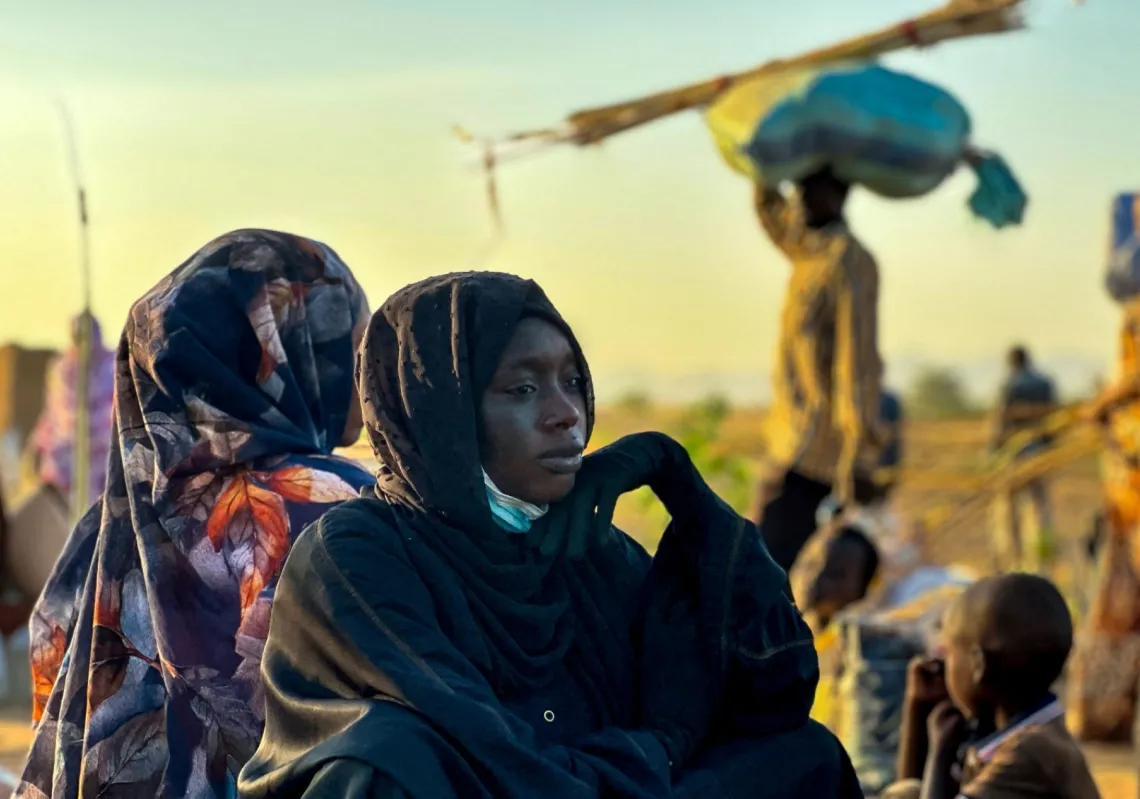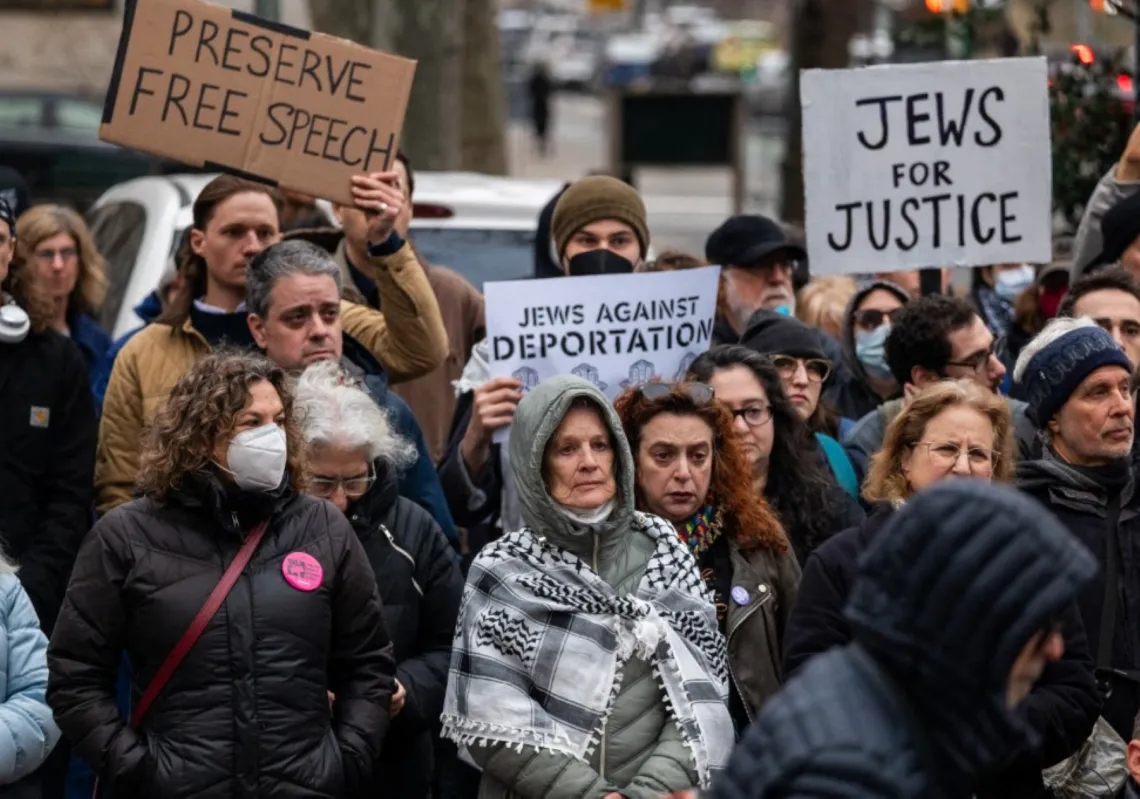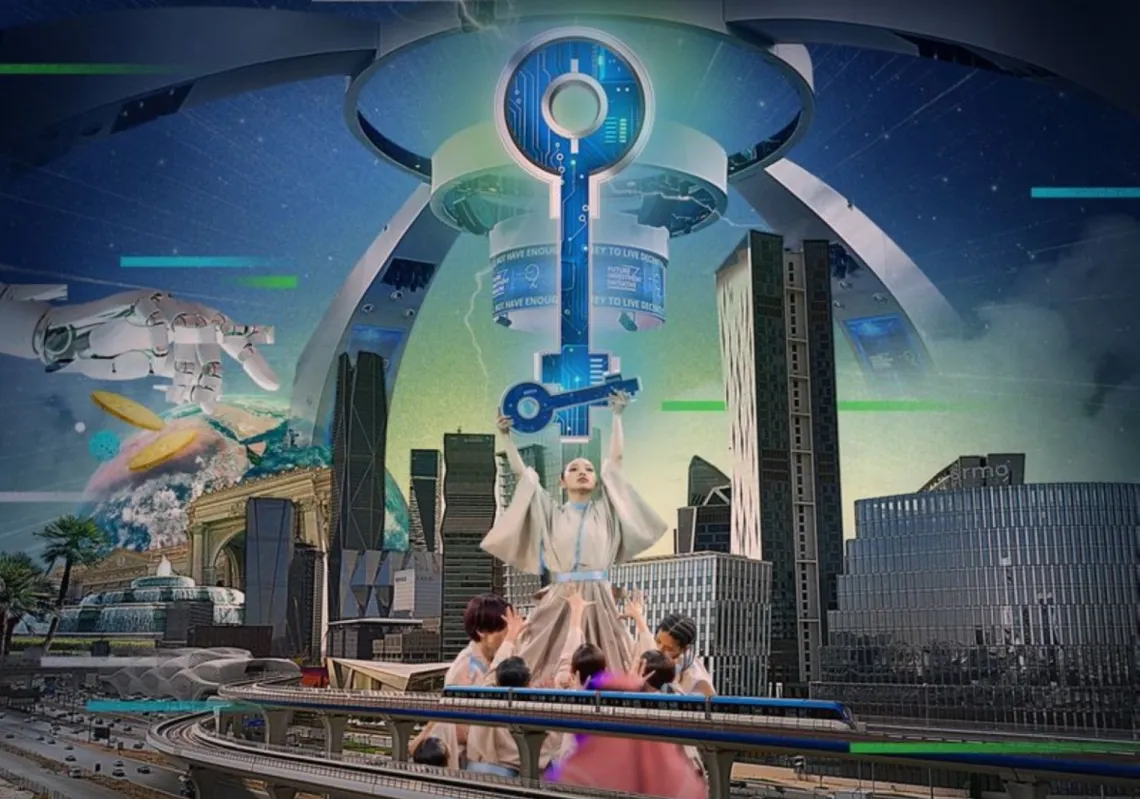 A Free Syrian Army fighter in Yadouda, in Syria's Daraa Province, May 2018. (Reuters)[/caption]
A Free Syrian Army fighter in Yadouda, in Syria's Daraa Province, May 2018. (Reuters)[/caption]
by Suha Maayeh and Nicholas A. Heras
On July 6, after more than two weeks of hard fighting, forces loyal to Syrian President Bashar al-Assad stood triumphant at the Nasib gate. The gate, which lies on the Jordanian-Syrian border on the edge of Syria’s southwestern Daraa province, controls the highway leading from Amman to Damascus; its seizure by anti-government rebels in April 2015 had been a serious blow to Assad. Now, with the government’s recapture of the Nasib gate, Daraa—the rebel stronghold where the uprising that sparked the country’s civil war began—lay open to Damascus. A little more than a week after Nasib’s fall, the city of Daraa agreed to surrender to Assad. For southwestern Syria’s opposition, things weren’t supposed to end this way.
Rebels in Daraa once had high hopes for defeating Assad. In mid-2015, on the heels of major rebel advances throughout Syria, Daraa’s armed opposition was convinced that it could expel the regime from its corner of the country. In June of that year, forces led by the Southern Front of the Free Syrian Army (FSA) launched an offensive, dubbed Southern Storm, to evict the regime from the province’s capital city, also called Daraa. Although trumpeted by Syria watchers, Southern Storm garnered little in the way of attention from the international media and barely any support from the opposition’s main foreign backers, Jordan and the United States. And despite initial advances, the rebels failed to take the city. Within a month the offensive had ground to a halt—a de facto defeat for the opposition.
After the failure of Southern Storm, the battle for southwestern Syria—including the provinces of Daraa, Quneitra, and opposition-held areas of Sweida—settled into a stalemate. Neither Assad nor the opposition could make major gains, although Russia’s September 2015 military intervention on behalf of the regime made it nearly impossible for the rebels to win by military means. Although they did not know it at the time, Southern Storm had been the last, best hope for the rebels in Daraa.
In July 2017, Jordan, Russia, and the United States agreed to create a “de-escalation zone” covering Daraa, Quneitra, and Sweida in order to halt the fighting between government and opposition forces and avoid a humanitarian catastrophe. The agreement achieved a type of equilibrium in southwestern Syria that had kept the regime out of rebel-ruled areas while assuring Assad that he would not have to worry about a rebel offensive launched from the region. The de-escalation zone more or less held for most of the year, as the Syrian government, its Iranian allies and their proxy militias, and the Russians focused their attention on conquering what one European diplomat based in Amman described to us as “the low-hanging-fruit areas of Syria.” Between the late summer of 2017 and the spring of 2018, Assad won took large swaths of the lightly populated deserts of eastern Syria back from ISIS and crushed stubborn rebel-held pockets in the spine of western Syria, most notably north of Homs and in the Ghouta region east of Damascus.
But throughout this period Assad continued to keep an eye on Daraa, waiting for an opportunity to reassert control over the southwestern border regions, restart trade with the wider Arab world via overland traffic through Jordan, and remove the Jordanians’ ability to back his enemies. At first, Assad tried to win back southwestern Syria through Russian-led reconciliation talks. These talks, which broke down in early June on the eve of the regime’s offensive, reportedly would have given the opposition local authority in its areas and a share of the revenue from the Nasib border crossing in exchange for the rebels’ agreement to surrender most of their weapons and recognize Damascus’ authority. When the opposition balked at these terms, Assad decided to win southwestern Syria with force. With the Russians agreeing to provide air support for the regime offensive, the battle was, for all intents and purposes, decided before it began.
On June 17, the regime, supported by Russian airpower and Iran-backed foreign militias, launched an offensive to crack the stalemate in the southwest. The fighting had displaced over 325,000 civilians from their homes, more than 70 percent of whom had fled to areas near the Israeli-controlled Golan Heights, according to the United Nations. ETANA, a Syrian-led research organization based in Amman, counted 352 civilians killed and over 630 wounded as a result of the offensive, and the UN estimated that more than 720,000 residents of southwestern Syria were at direct risk of being displaced by the fighting.
Now, as in June and July 2015, the rebels were operating without the blessing of Jordan and the United States, which preferred that the opposition to stand down and strike a deal with Assad that would end the humanitarian catastrophe. The logic was simple: the Southern Front could not fight the regime effectively because it was a shadow of its former self, and both the Southern Front’s foreign backers and the Assad regime knew it. Boasting more than 50 constituent groups and more than 40,000 fighters at the start of Southern Storm, by June 2018 the Southern Front had withered to 15 constituent groups with approximately 15,000 combat-ready fighters, according to interviews with a senior Southern Front leader conducted just prior to the start of the regime offensive. The opposition had been wasting away due to leadership disputes, lack of military support from foreign backers, a dwindling ability to pay its fighters, and apathy among the rank and file caused by the years-long stalemate.
Despite the odds stacked heavily against them, many of the armed opposition commanders wanted to exact a cost on the government for every meter that it gained in Daraa. The regime and Russia continued to engage in reconciliation talks throughout the campaign, trying to convince the rebels that there was no path for them other than surrender. Russia, negotiating on behalf of Assad, and Jordan, negotiating on behalf of the opposition, tried to resuscitate the talks after each breakdown. Yet even as the rebels lost more and more ground, their leaders remained steadfast in their demand that Damascus grant them effective autonomy in exchange for peace. They were playing a high-stakes game of diplomatic poker with a weak hand, and they knew it.
[caption id="attachment_55257124" align="aligncenter" width="594"]
 Two Syrian boys walk down a street amid destroyed buildings in a rebel-held area in the southern Syrian city of Daraa, on September 6, 2017. (Getty Images)[/caption]
Two Syrian boys walk down a street amid destroyed buildings in a rebel-held area in the southern Syrian city of Daraa, on September 6, 2017. (Getty Images)[/caption]
Some Syrian opposition leaders believe that the history of Daraa offers lessons as to why this region so stubbornly refused a deal. “Daraa fought the French for twenty years and lost,” said a Syrian national who is a top adviser to the Higher Negotiations Committee, which represents the opposition at the UN-sponsored Geneva peace talks. He was referring to the French Mandate era, which lasted from 1923 to 1946, when southwestern Syria, including Daraa, was a center of agitation and resistance to the French authorities. “These are the type of people who fight to defend their lands,” he explained, “even when they know they are losing.”
Despite the reconciliation talks, moreover, important opposition figures in southwestern Syria rejected the notion that anyone who took up arms against Assad would be able to prosper once his rule was reimposed. “I have served with the regime for 30 years, and I know how cunning it is,” said Saber Sifer, a defected Syrian army officer who is now the chief political representative of Hamza Division, one of the most powerful umbrella rebel groups in Daraa. “There are no guarantees with the regime nor the Russians. The Russians did not evict the Iranian militias and there are no guarantees that the regime will not go after people and kill them. The military intelligence is already asking about the FSA names.”
Pushback against accepting the reconciliation agreement with Assad had been strongest among the civilian leaders, who on July 3 took the extraordinary step of releasing a public statement that rejected the regime’s demands and called for the general mobilization of the Daraa population. Daraa is unique in rebel-ruled Syria for its government structure, composed of mixed civilian and military committees in which armed and civilian opposition members make joint decisions. The decision to release the statement was made separately by the civilians, although in the end it did not stave off the surrender of the opposition, area by area throughout Daraa. “We haven’t witnessed a battle like this since we started fighting the regime,” said a senior leader in the Revolutionary Army, one of the largest armed opposition umbrella organizations in the eastern countryside of Daraa and the one that had controlled the Nasib crossing.
Despite the military setbacks and the pressure caused by the humanitarian crisis, many of the rebel leaders in Daraa tried to remain defiant, tapping into a current of resistance within their communities, which have lived outside Assad’s rule for the better part of a decade. Their opposition was powered by a cold, even morbid, logic that had been activated by their observation of how the regime has operated over the course of the civil war, including how it has treated the former opposition areas that have surrendered to Damascus.
“It is impossible for anyone who has fired one bullet against the regime to remain alive. If it doesn’t kill him, he will be tried on terrorism charges and then killed,” said one armed opposition commander based in Daraa, whose group is still actively fighting the regime’s advance. “We are now defending our homes, our children, and our women. After half a million martyrs, we will not allow anyone to live in our homes and lands. It is either we live in dignity or die in dignity.”
This belief that they were as good as dead under Assad anyway, which is common among the opposition leaders, has had devastating consequences for Daraa. Ultimately, it only slightly delayed the inevitable conclusion of all the fighting: Assad won, and the regime is returning to Daraa with a vengeance. Was the resistance against Assad and his Russian partners, in the face of a massive humanitarian crisis that eventually forced their surrender, worth it in the end for the opposition leaders? The one thing they had hoped to do was to hold on to their dignity through honorable resistance against Assad. To Sifer, it is this moment of honorable resistance in Daraa that will be remembered by future generations of Syrians. “We pinned our hopes on the Americans, but now the alternative is resistance,” he said. “We refuse to live in humility. The revolution was for our dignity.”
This article was originally published on ForeignAffairs.com.








